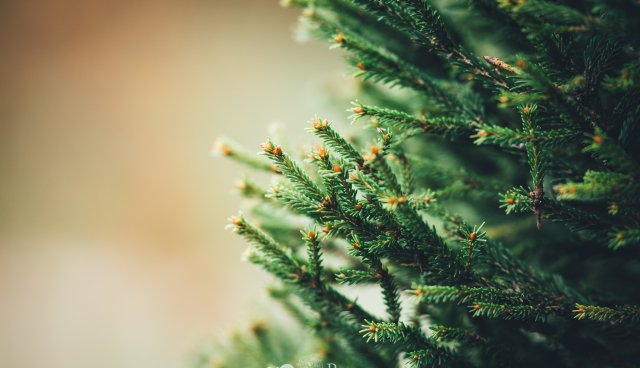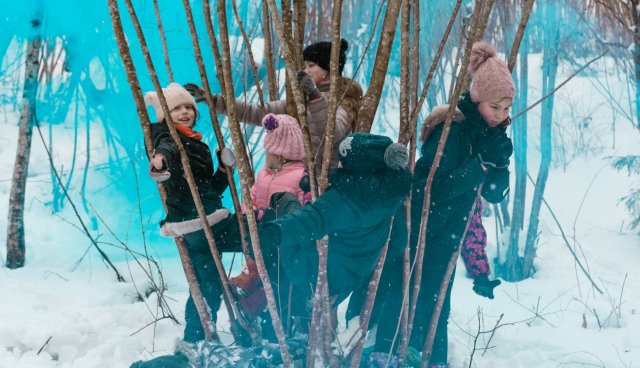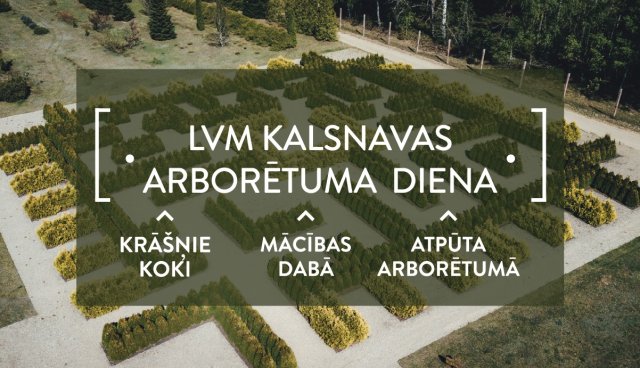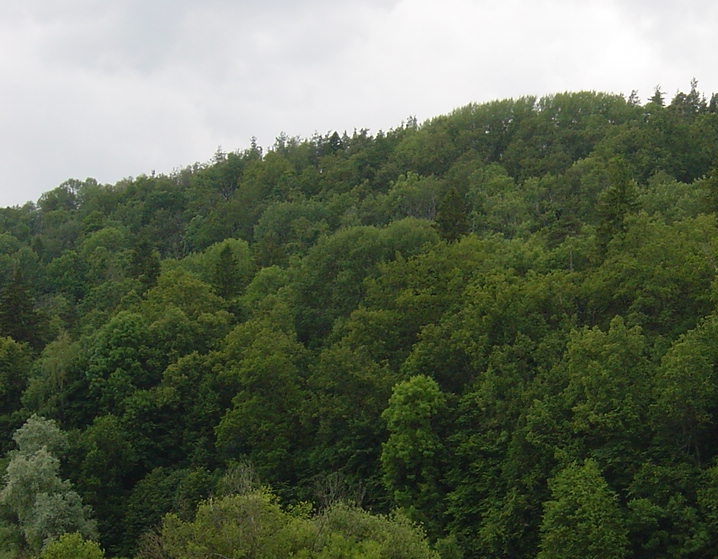
What could possibly Latvian and tropical forests have in common? Latvian forests are here, but tropical forests are there, far in the south. We have snow in winter, they don’t. We have mosquitoes, ticks and few snakes, but their forests are full of life... Yes, differences, at least imaginary differences, are not hard to find, but what about similarities? These totally different places, separated with at least 10 000 kilometres, can they at all be compared? I have had a chance to participate in two scientific expeditions in Indonesian tropical forests. To observe, research, analyse. Undeniably, there are a lot of differences, but with time you learn to see the similarities as well. As I study insects, then mostly about similarities in insect fauna. But not only!
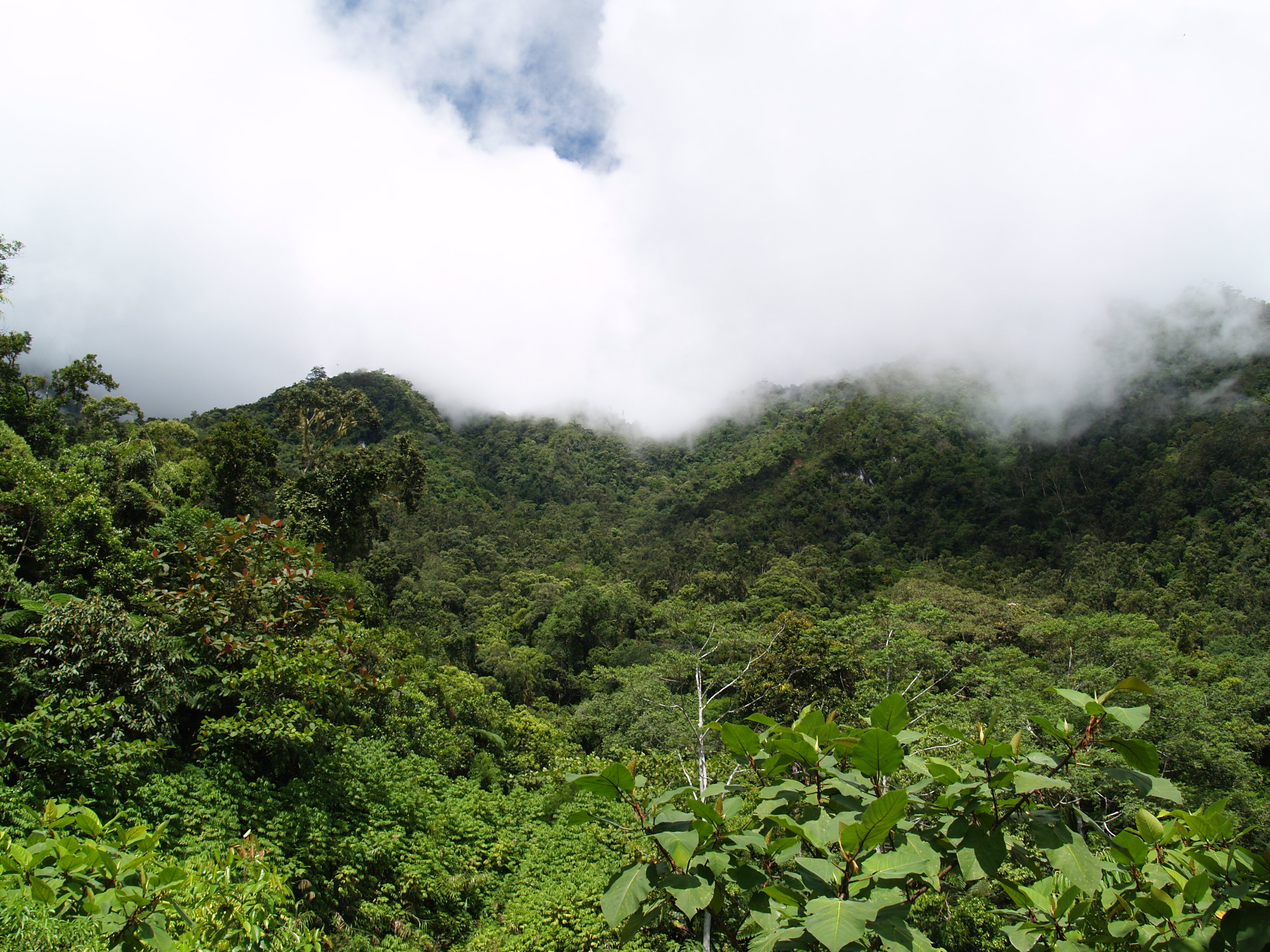

Already looking at the landscape, the similarities are visible – does the primeval tropical forest differ much from our own forest in Gauja Valley? Both tropical and Gauja Valley forests have trees of different age and species, both growing and dead. When you go in both of forests, you can hear birds, but we don't have the colourful parrots or the birds-of-paradise. Also we don't have snakes, but mosquitoes are in both.
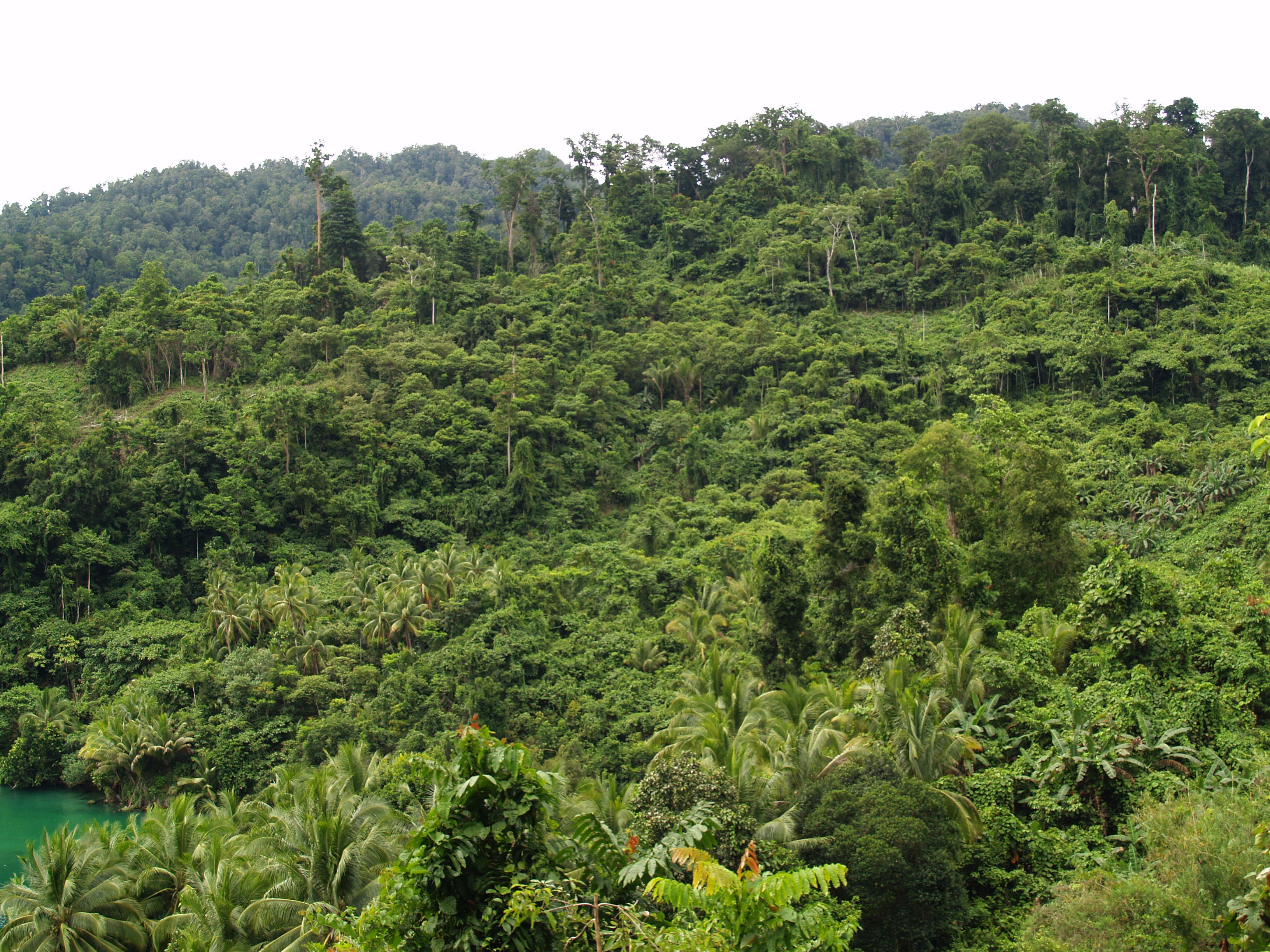
Tropical forest! Everything is green, palm trees, some will also notice the wide leaves of banana tree at the right bottom corner of the picture. But is everything that is green a forest? Is everything that is green a forest that is full of life? No, the sight that can be seen in the picture is not a tropical forest. Those are forest gardens. Forest has been cut down, then palm trees, banana trees have been planted, and bushes and various twiners grow there. Only some separate trees and tree groups have been left from the primeval tropical forest. In Latvian landscape it would be some 20-30 years old, not tended or naturally regenerated young stand or overgrown abandoned land. If we compare the number of plant or animal species or species found in primeval forest and in young stand then it will be very different both in Latvia and in tropical forests. Also in tropical young stands and in forest gardens (that might look as jungle) have less plants and animals. The less layers of trees and bushes, old trees, dead trees and other characteristic elements of a natural forest are in the forest, the smaller the diversity plant and animal species.
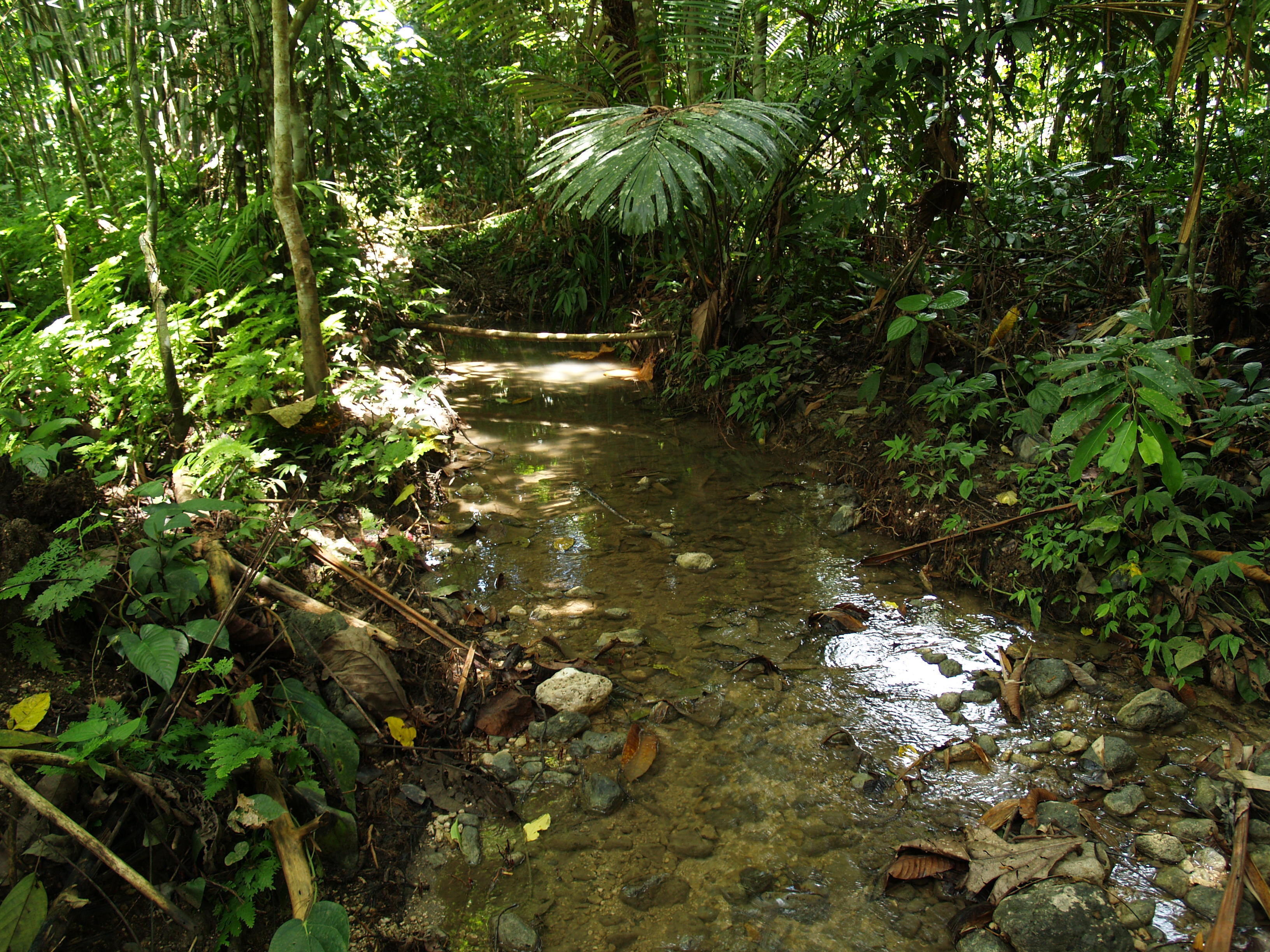
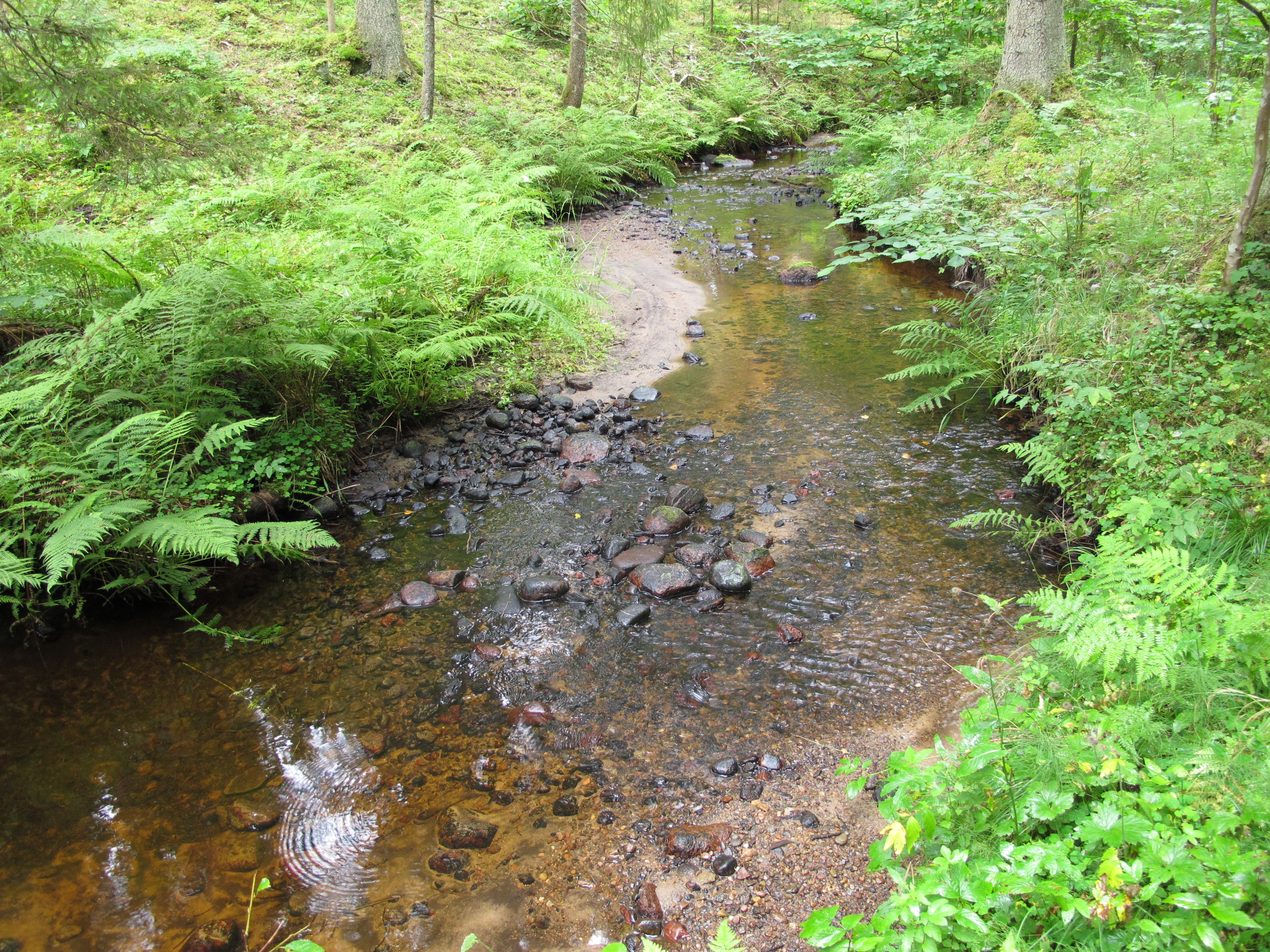
Forest creeks and rivers – places where a whole spectrum of animals come to drink, waters that transport plant seeds and overflow their banks – they feed the forest and forest feeds them. Comparing this forest creek in Indonesia with a small river here in Latvia – they are so similar. Both sometimes run dry, both do overflow. Both do not have a lot of insects, snails, crustaceans. Species, surely, are different but both of these rivers have bugs – water striders, whirligig beetle, and some crayfish. In sunnier sections more, in shaded sections – less...
Also the size and colour of insects are similar. In these six pictures are 3 dragonflies from Indonesian tropical forests and 3 dragonflies from our Latvia. But can we tell the difference, which are tropical dragonflies, looking just at their colours and form?
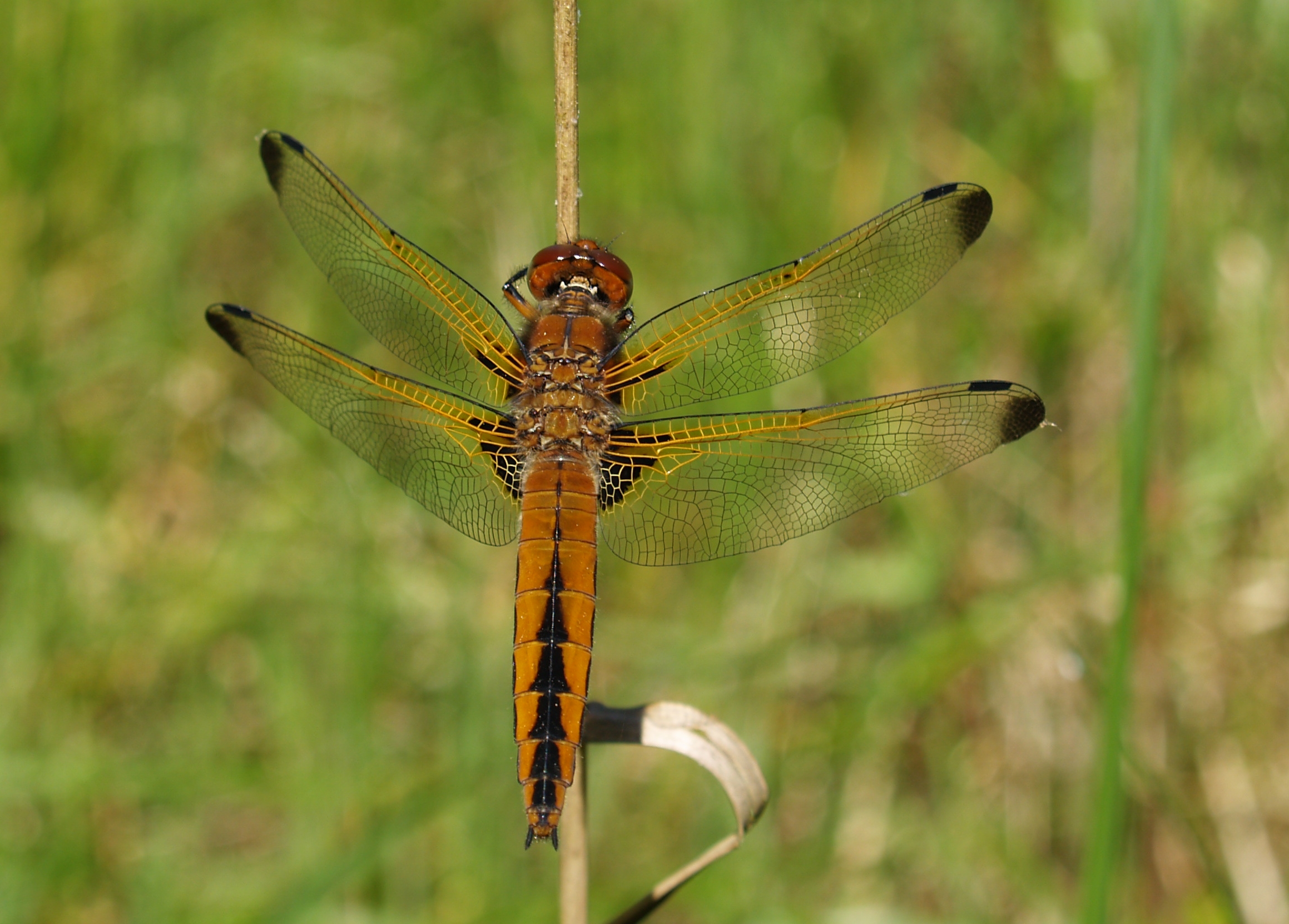
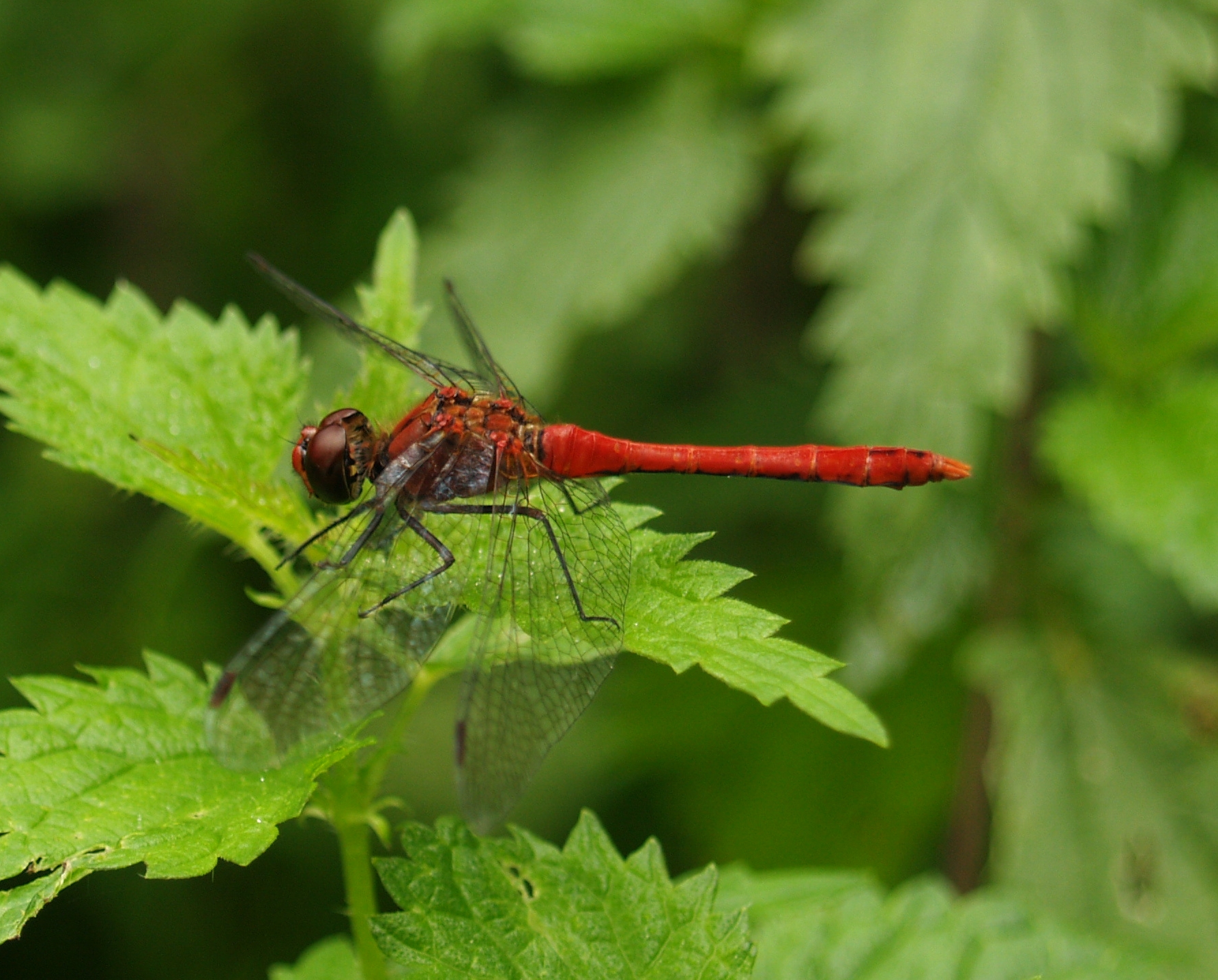
If I would ask the same question about these two ladybirds, it wouldn't be difficult to tell which one is “ours”. But to a person, who would have never seen a seven-spot ladybird, wouldn't both of these species seem exotic and from tropical forests?
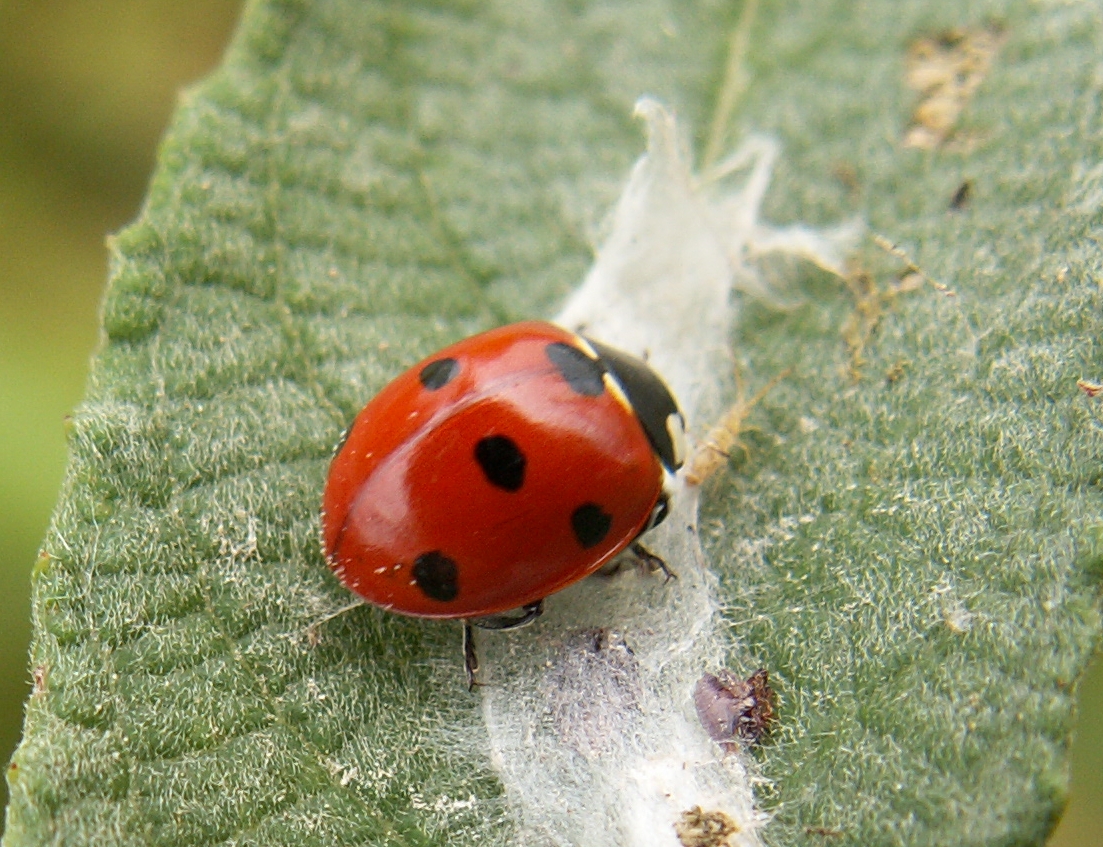
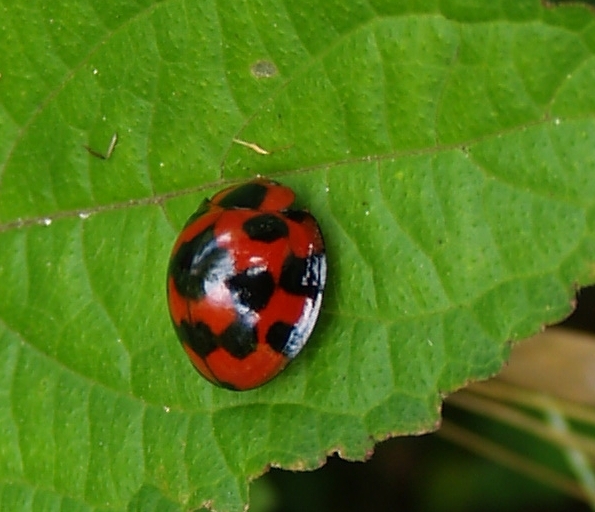
There are many examples like that. There are bright bugs and birds both in Latvian forests and in tropical forests. Small, grey birds and small, black bugs can be found both in Latvian forests and in tropical forests. With long and short tails, antennae, legs. Those, that live up in the tree tops and those that live on the ground. Undeniably, the number of combinations of colours, forms and other adjustments in tropical forests is much larger than we have. But the diversity is both there and here. May that be a forest in Latvia or in Indonesia, every dead or fallen tree becomes a home for fungus, moss, insects, and sometimes even for bigger animals. Species differ, but the common remains – a dead tree also has life! Colourful and unusual!
Mārtiņš Kalninš, JSC “Latvia’s State Forests” environmental expert
